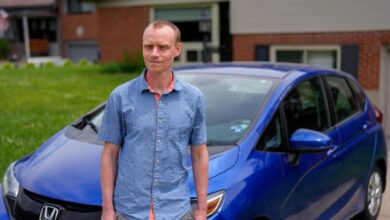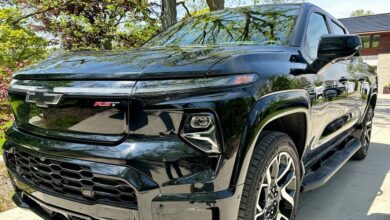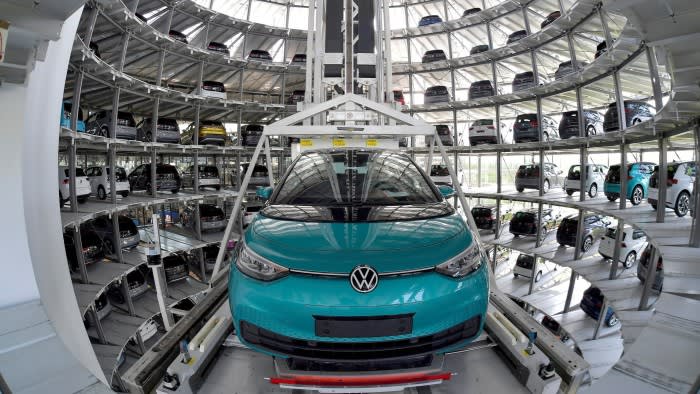Don’t use Amazon adapter to charge EVs at a Tesla Supercharger

Tesla’s charge port has become the North American Charging Standard (NACS), but what does it take for non-Tesla owners to take advantage of the brand’s ubiquitous Supercharger network? Online retailers like Amazon are full of NACS adapters that look like they would allow non-Tesla EVs to charge at Tesla Superchargers, but unfortunately none of these actually work. There are only a few ways for EV owners to use Tesla Superchargers, and there is no quick fix on Amazon. Consider for a moment though that your car costs a lot of money, and charging a whole car involves a lot more energy than charging a phone, so it’s not a smart situation to cheap-out on.
Though the vast majority of automakers have committed to switching over to the NACS charging adapter to allow all EV owners to access Tesla’s Supercharger network, the transition hasn’t necessarily happened yet. The only non-Tesla EVs that can currently charge at some Tesla Superchargers are Fords and Rivians, as long as no Tesla fanboy calls the cops on you.
Before a Rivian or Ford EV owner can charge their car at a Supercharger, the owner must first obtain an adapter from their vehicle’s manufacturer. Only manufacturer issued adapters will allow proper charging abilities, and owners of these EVs will still have to use the Tesla app to set up an account for payment and vehicle selection. To use a Supercharger, Tesla requires that users register their vehicle in the app, which effectively blocks out any vehicles that are not Tesla, Rivian, or Ford from using a Supercharger. Adapters sold online that advertise access for non-Teslas to use NACS charging stations will not allow access to Superchargers, period.
Even Rivian and Ford EV owners who can access Superchargers can only charge using certain Supercharger stations that allow CCS charging. Many Tesla Superchargers will only charge Tesla vehicles. To find out what Supercharging solutions are available to you, check the Tesla website for more information.
The only way to charge a non-Tesla — which again, right now is only Rivian, or Ford EV — at a Tesla Supercharger is by finding an “All EV Supercharger.” Tesla recently began installing new Supercharger stations that feature a “Magic Dock” adapter, which as the name suggests, will Supercharge any EV with an NACS port or a CCS port. These stations are much less common, with just three currently listed on Tesla’s website in the entire state of California, all centered around the bay area.
Other manufacturers should be granted access to the Superchargers that allow other EVs alongside Ford and Rivian soon, but for now options are very limited for non-Teslas to use Superchargers. Given recent news that Tesla CEO Elon Musk fired most of Tesla’s Supercharging team, the future of Supercharging is unclear.



